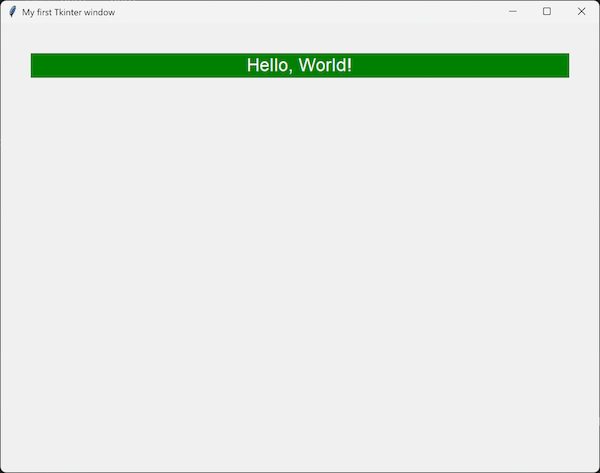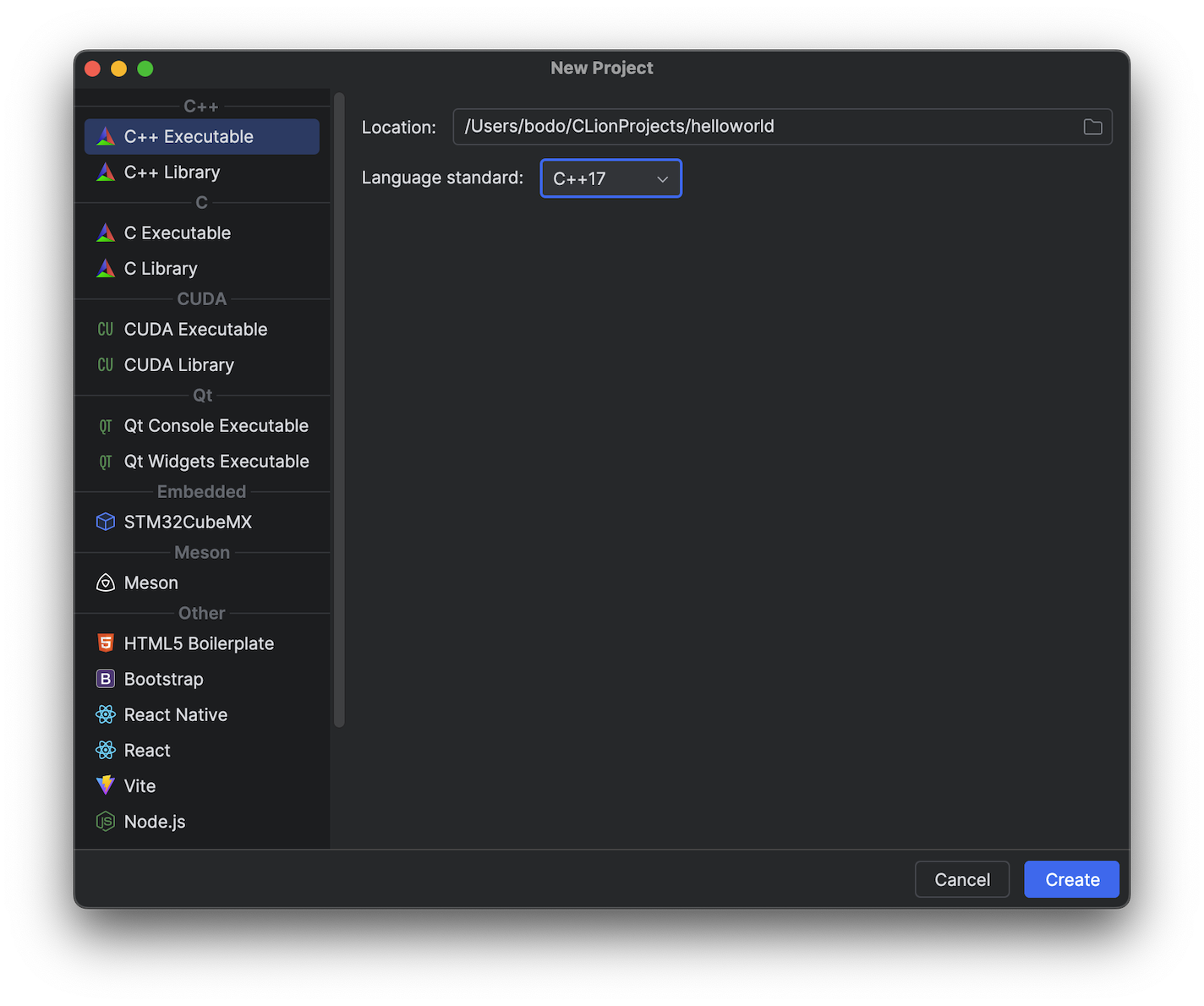An object-oriented approach to creating a TKinter window
The first Tkinter article showed how to create a simple window with a label. Here is the code: Grid was used as layout manager. After executing this code, this window appears: This simple app could now be further developed by adding more widgets. However, the more components are added, the more confusing the code becomes. … Read more

